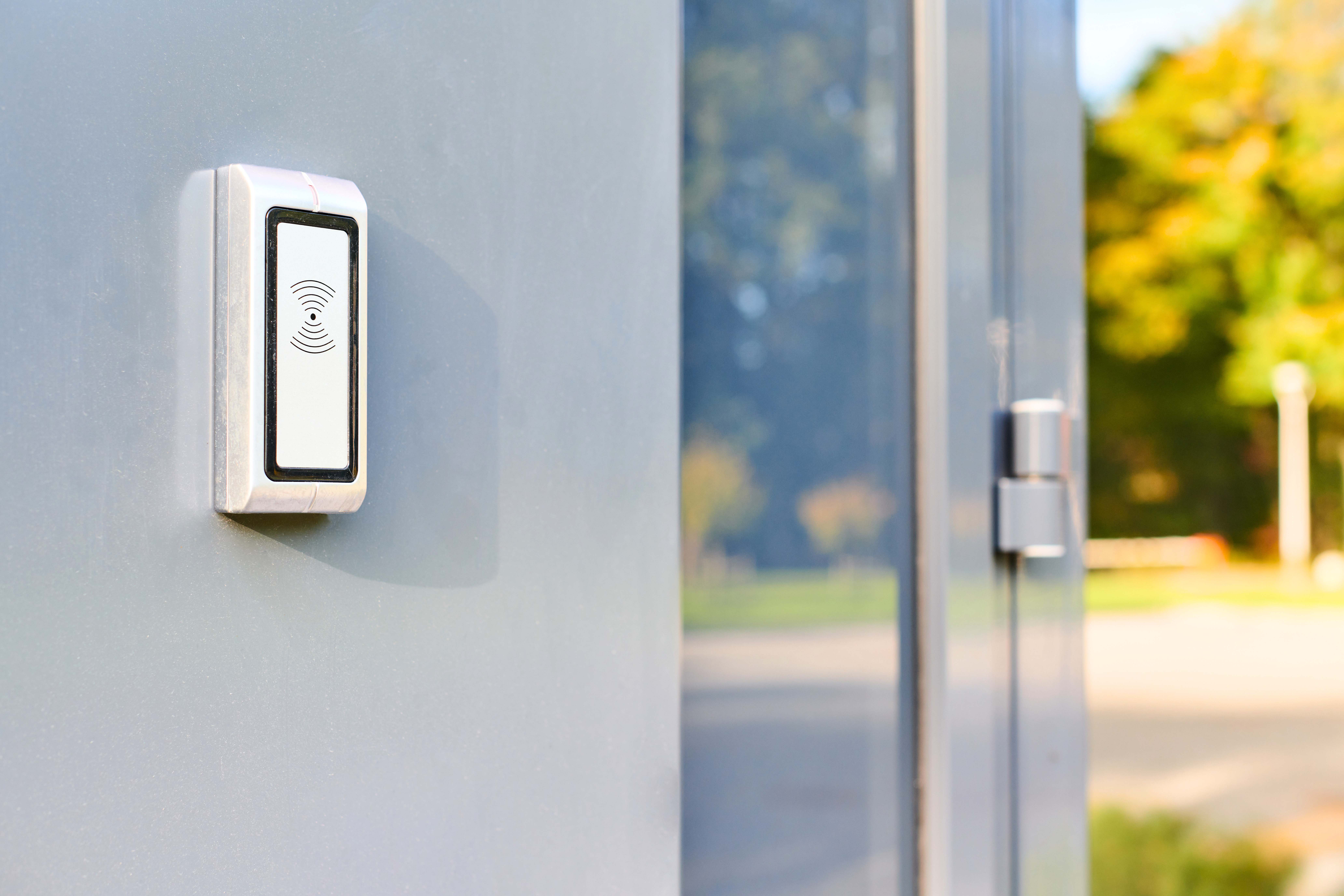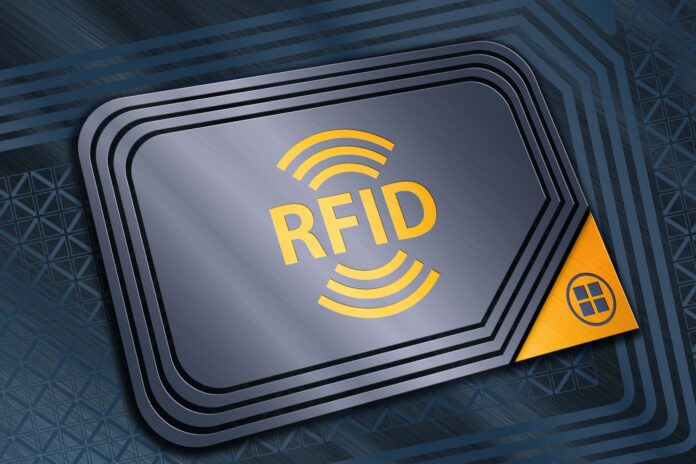Radio Frequency Identification (RFID) systems have revolutionized how we track and manage assets, offering significant improvements in efficiency and accuracy over traditional barcoding systems. This article provides a comprehensive overview of RFID systems, exploring various aspects from cost and components to applications and challenges.
What is the Main Function of RFID?
The main function of RFID is to enable wireless identification and tracking of objects or individuals using radio waves. This technology allows for efficient data capture, storage, and retrieval without requiring physical contact or line-of-sight.
RFID System Cost
The cost of an RFID system can vary widely depending on the scale and complexity of the deployment. The primary costs include:
Tags:
Passive tags are cheaper than active tags, costing anywhere from a few cents to several dollars each.
Readers:
Fixed readers can cost from $500 to $3,000 each, while handheld readers range from $1,000 to $3,000.
Software:
Custom software solutions for managing RFID data can add significant costs, potentially ranging from $5,000 to $50,000 or more.
Installation and Integration:
Depending on the complexity, installation and integration can range from a few thousand dollars to tens of thousands of dollars.

RFID System Components
An RFID system comprises several key components:
Tags (Transponders):
Attached to items, they contain stored information.
Readers (Interrogators):
Devices that emit radio waves to read the tags.
Antenna:
Transmits the signal between the tag and the reader.
Middleware:
Software that processes the data from readers and integrates it into the overall system.
Wireless Design in RFID
The wireless design of RFID systems is a key element that contributes to their effectiveness and versatility. By utilizing radio waves, RFID systems do not require a direct line-of-sight or physical contact between the reader and the tag. This allows for tags to be read even when they are obscured or embedded within other materials. The wireless nature simplifies installation and maintenance, enhances scalability, and enables seamless integration across various environments. As a result, RFID systems can efficiently function in complex settings, offering significant improvements over traditional tracking methods.
How to Set Up an RFID System
Setting up an RFID system involves several steps:
Planning:
Define the objectives, scope, and requirements of the system.
Selecting Hardware:
Choose appropriate tags, readers, and antennas based on the application.
Site Survey:
Assess the physical environment for optimal placement of readers and antennas.
Installation:
Install the hardware and integrate with existing systems.
Testing:
Conduct thorough testing to ensure system performance and accuracy.
Training:
Train personnel on how to use and maintain the system.
How RFID System Works?
An RFID system works as follows:
Reader Transmission:
The reader sends out radio waves through its antenna.
Tag Activation:
When a tag comes into range, it absorbs the energy from the radio waves and becomes active.
Data Transmission:
The tag sends back its stored information to the reader.
Data Processing:
The reader processes the received data and transmits it to the middleware for further processing.
Basic RFID System
A basic RFID system includes:
Tags:
Passive or active tags attached to items.
Readers:
Devices that read the tags.
Antenna:
Facilitates communication between the tag and reader.
Software:
Manages the data collected from the tags.
RFID System Architecture
RFID system architecture typically involves:
Physical Layer:
Tags, readers, and antennas.
Network Layer:
Connects readers to the backend system.
Middleware:
Filters, aggregates, and processes data from the readers.
Application Layer:
Interfaces with business applications for inventory management, access control, etc.
RFID System Advantages and Disadvantages
Advantages:
Efficiency:
Faster data capture compared to barcodes.
Accuracy:
Reduces human errors.
Automation:
Enables automated tracking and management.
Range:
Can read tags from a distance, even without line-of-sight.
Disadvantages:
Cost:
Higher initial setup cost compared to barcodes.
Interference:
Susceptible to interference from metal and liquids.
Security:
Potential for unauthorized reading of tags.
RFID Attendance System
An RFID attendance system automates the process of recording attendance. Employees or students carry RFID tags, and readers at entry points automatically log their arrival and departure times, ensuring accurate and efficient attendance tracking.
RFID Alarm System
RFID alarm systems enhance security by integrating RFID technology with alarm systems. When an unauthorized person attempts to access a restricted area, the system triggers an alarm, providing an additional layer of security.

Access Control Using RFID System
RFID-based access control systems regulate entry to restricted areas. Users are issued RFID tags that grant or deny access based on predefined permissions, ensuring only authorized personnel can enter secure zones.
RFID System Code
Implementing RFID system code involves programming the middleware and readers to communicate effectively. Sample code snippets might include initializing the reader, reading tag data, and processing this data within the middleware for specific applications.
Where Are RFID Systems Used?
RFID systems are used in a variety of industries, including:
Retail:
Inventory management and theft prevention.
Logistics:
Tracking shipments and managing supply chains.
Healthcare:
Tracking medical equipment and patient management.
Security:
Access control and asset protection.
Manufacturing:
Monitoring production processes and managing inventory.
Is RFID Still Used Today?
Yes, RFID is still widely used today and continues to expand into new applications. Its ability to provide real-time data and improve operational efficiency makes it a valuable tool in many industries.
What Are the Applications of RFID?
RFID applications include:
Asset Tracking:
Monitoring the location and status of assets.
Inventory Management:
Automating stock control and reducing shrinkage.
Supply Chain Management:
Enhancing visibility and efficiency in logistics.
Access Control:
Securing facilities and managing permissions.
Healthcare:
Tracking patients and medical devices.
Event Management:
Streamlining check-ins and managing attendees.

What is the Major Problem with RFID?
The major problem with RFID is interference. Metal objects and liquids can disrupt the signal between the tag and reader, leading to inaccuracies or failures in data capture. Additionally, concerns about security and privacy arise from the potential for unauthorized reading of tags.
Differences Between RFID and NFC Systems
RFID:
- Range:Longer read ranges, up to several meters.
- Usage: Used for tracking and inventory management.
- Power: Can be passive, active, or semi-passive.
NFC (Near Field Communication):
- Range: Short read ranges, typically a few centimeters.
- Usage: Used for secure transactions and data exchange.
- Power: Primarily passive, requiring no battery.
Arshon Technology: Leading the Way in RFID Solutions
Arshon Technology is an advanced company at the forefront of RFID solutions. With a commitment to innovation and quality, Arshon Technology provides comprehensive RFID systems that cater to various industry needs. Their expertise in designing and implementing RFID solutions ensures that businesses can achieve greater efficiency, accuracy, and security in their operations.
Conclusion
RFID systems have become a cornerstone technology in many industries due to their ability to streamline processes, improve accuracy, and enhance security. By understanding the cost, components, and setup process, organizations can effectively implement RFID systems to achieve their goals. The advantages of RFID, such as efficiency and automation, often outweigh the disadvantages, making it a valuable investment.
Despite challenges like interference and security concerns, RFID continues to evolve with advancements in technology and applications expanding into new areas. Whether used for inventory management, access control, or asset tracking, RFID systems offer significant benefits that drive operational efficiency and improve overall productivity.
The comparison between RFID and NFC highlights the versatility of radio frequency technologies, each with its specific use cases and advantages. As industries continue to innovate, RFID remains a relevant and powerful tool in the modern technological landscape.
The future of RFID looks promising as it continues to integrate with other emerging technologies, offering even more robust solutions for businesses worldwide. Understanding the foundational aspects and staying informed about the latest developments will ensure that organizations can leverage RFID to its fullest potential.
